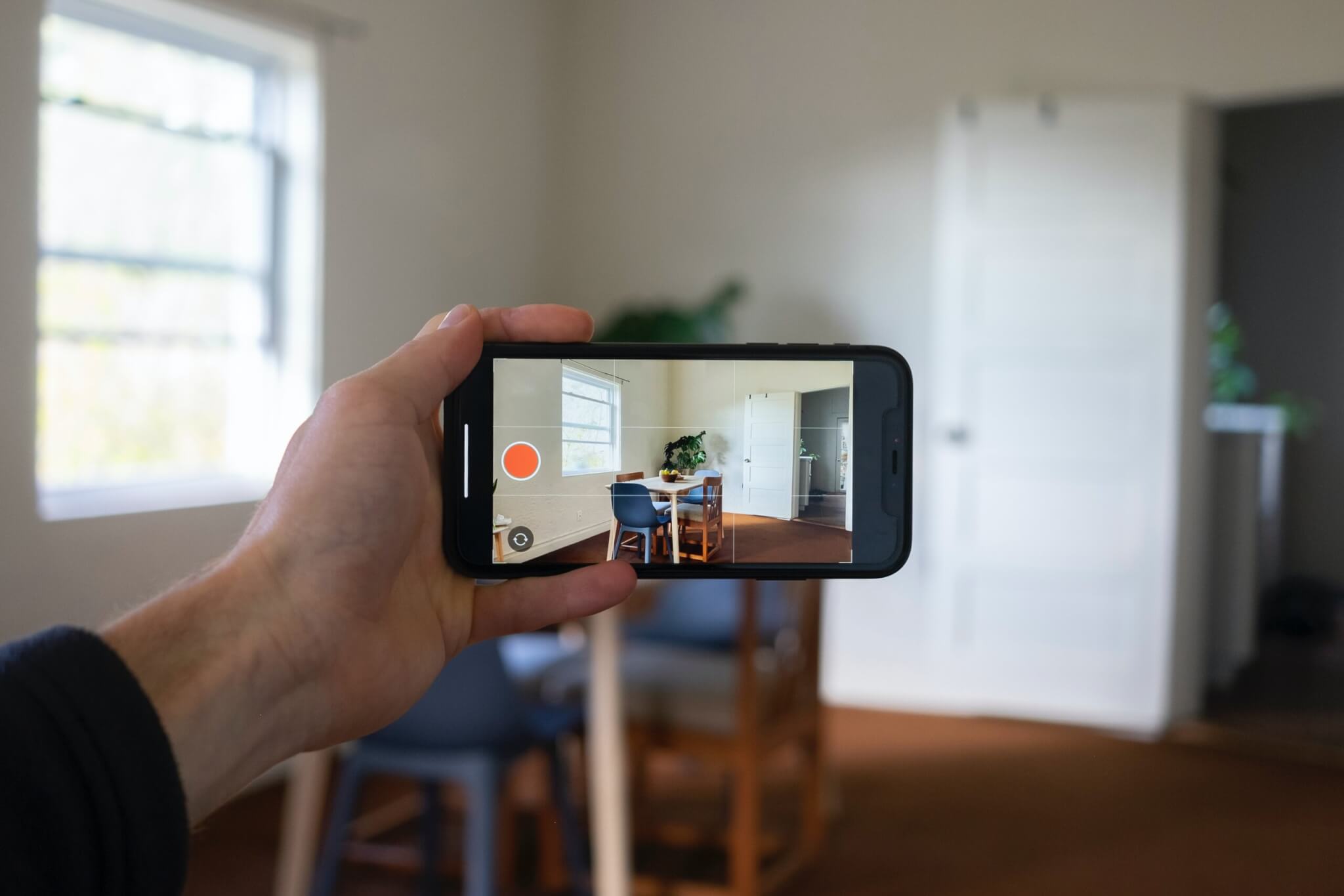When I was a junior in college, I was given an opportunity to spend a weekend in the woods recording a promotion for a small retreat. Although my equipment was old and outdated, and I had almost no experience, that video launched my videography career. It didn’t have the most cinematic shots, and sometimes the clips were grainy, blurry, or had bad audio, but I think I still managed to tell an engaging story. It was only possible because I made a good plan before I packed my bags. In this post, I’ll take you behind the curtain and share a little bit of the process of pre-production planning.
While you can create a good video without much or any pre-production, you leave the video’s quality up to chance and significantly increase your workload down the line whenever you go into a project without direction. Having a plan gives you more confidence and direction in shooting and makes your life easier when editing.
My planning process is constantly changing, and different projects require different preparation, but here are some basic steps that help me make better videos that are sure to impress.
Understanding the Client and Project
Before anything else, I need to understand who the client is. I usually read every page on a company’s website before the initial meeting with them. I also try to watch any videos that the company or other similar companies have already made. If I find some that I like or that fit with what I know about the client, I’ll save those videos as references to show in the onboarding meeting. Once I feel like I have a good grasp on who the client is, the next step is to meet with them and make sure I understand the project.
The most important part of the entire process is figuring out what the client wants. It’s paramount to learn what the client expects, who the target audience is, and what the video needs to accomplish. In these meetings, I also need to learn how the client wants to visually convey their message. The two most common ways to do this are through b-roll and motion graphics/animation.
Finally, I need to know the tone that the client is going for. This is a great time to show them the references I found during my research, and it’s not a bad idea to bring in screenshots from documentaries, movies, TV commercials, and other media for examples.
Jonathan Powell, videographer of 15 years and Head of Production for the Library Of, explains the concept of Mood Boards, “which are usually images you reference from movies, photos, videos, etc. that help convey the tone and feeling of the project to your client.”
Michael Xiques, Videographer at Betenbough Companies in Lubbock, Texas, sometimes even edits a pre-visualization from stock footage and music to help the client understand the feeling that his production team is envisioning.
Once I have a good idea of what the client wants, it’s time to start putting the story together.
Pre-Production Planning
Videos need some kind of narrative to keep the audience engaged, and before I shoot anything, it helps to have at least a basic idea of how the story is going to go. Every story consists of a beginning, middle, and end.
In the beginning, you give any establishing information the audience needs to understand the rest of the video and a hook to let the audience know that this video is worth their time. The middle contains the information you want to convey, and the end resolves any conflict, reiterates any important points, and/or gives a call to action. I like to make an outline to help me visualize the narrative we’re trying to tell. Once I know the story, we’re ready to start planning the details.
Some of the details include writing a script or interview questions, planning what kind of b-roll or graphics will work best for the video, preparing necessary equipment, and scheduling the shoot(s). Adam Vaden, Owner of Thrive Media in Huntsville, Alabama, likes to preinterview each subject to see how their answers fit into the vision of the project.
Music is essential in the pre-production process as well. Jonathan Powell says “Music drives our productions. We need a soundtrack to help drive the script or on-camera delivery. It can even set the mood for interview questions.”
These steps help me deliver a more cohesive message, improve my confidence and direction while shooting, and speed up post-production. That being said, things don’t always go as planned, and I often see new things and have ideas in the moment that don’t come up while planning. I’m not afraid to be flexible if the opportunity arises, but pre-production provides a great foundation for any video project.
The process of making excellent videos for any business is extensive and takes a lot of time and patience, but it’s always worth it for the incredible outcome. I’d love to be able to work with you and your organization to tell the right story at the right time.


